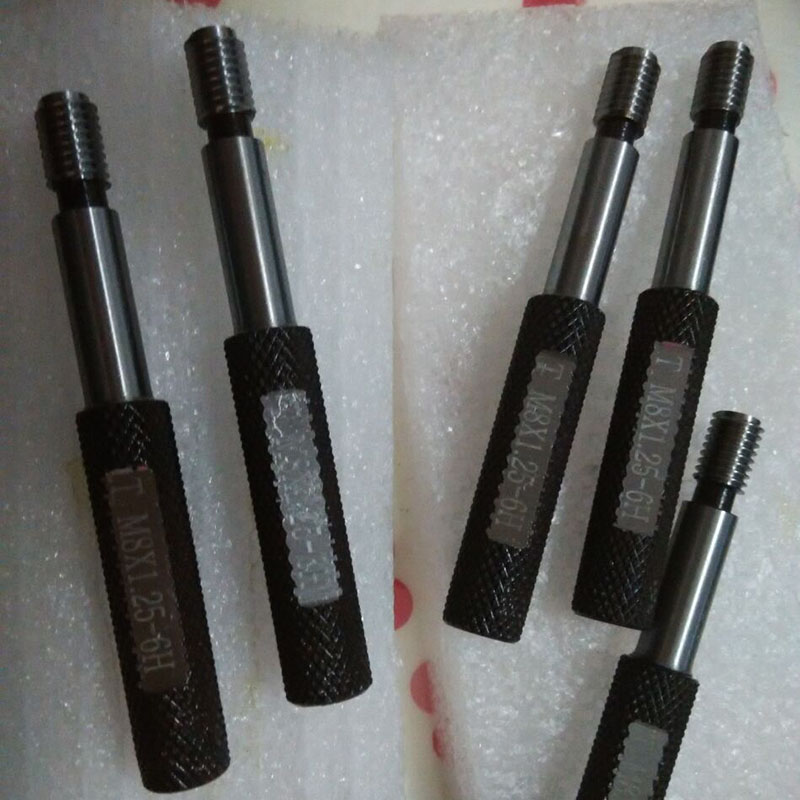Desemba . 14, 2024 20:36 Back to list
150mm gate valve
Understanding the 150 mm Gate Valve A Comprehensive Guide
Gate valves are essential components in various industrial applications, particularly in water supply, wastewater management, and oil and gas industries. Among these, the 150 mm gate valve stands out due to its size and efficiency in controlling fluid flow. This article aims to explore the features, operation, applications, and maintenance of the 150 mm gate valve.
What is a Gate Valve?
A gate valve is a linear motion valve that opens by lifting a barrier (the gate) out of the path of the fluid. It is primarily used to start or stop fluid flow; it is not used for throttling. The design ensures minimal pressure drop when the valve is fully open, making it an ideal choice for applications where fluid flow needs to be regulated positively.
Features of a 150 mm Gate Valve
The “150 mm” designation refers to the nominal size of the valve, indicating an approximate internal diameter of 150 millimeters. Typically, a gate valve of this size will have notable features
1. Body Material Common materials include cast iron, ductile iron, stainless steel, and carbon steel. The choice of material depends on the medium being transported and environmental conditions. 2. Design Standards Gate valves are often manufactured according to specific standards such as ANSI/ASME, API, or DIN. These standards dictate critical aspects like the valve’s pressure rating and dimensions.
3. Pressure Rating The typical pressure ratings for a 150 mm gate valve can vary, but many are designed to handle pressures up to 150 psi (pounds per square inch) or higher, making them suitable for various applications.
4. End Connections Depending on the installation requirements, 150 mm gate valves can feature flanged, threaded, or welded ends, facilitating seamless integration into existing piping systems.
Operation of a 150 mm Gate Valve
Operating a gate valve is straightforward. Most are fitted with a handwheel that, when turned, raises or lowers the gate within the valve body. To fully open the valve, the operator turns the handwheel counterclockwise until the gate is fully retracted. To close the valve, the handwheel is turned clockwise, allowing the gate to obstruct the flow path.
Applications
The 150 mm gate valve has a wide range of applications, including
150mm gate valve

1. Water Supply Systems Used in municipal water distribution networks to isolate sections of pipelines for maintenance or emergencies.
2. Wastewater Treatment Essential in wastewater treatment plants for controlling the flow of influent and effluent as well as isolating equipment for servicing.
3. Oil and Gas In upstream, midstream, and downstream operations, gate valves are used to manage flow in processing plants and pipelines.
4. Industrial Processes Commonly used in various industrial sectors where the on/off control of fluid flow is necessary.
Maintenance of a 150 mm Gate Valve
Regular maintenance is key to ensuring the functionality and longevity of a gate valve. Here are some essential maintenance tips
1. Regular Inspection Periodically inspect the valve for signs of wear, corrosion, or leakage. Ensure that the operating mechanism is in good condition.
2. Lubrication The threads on the stem should be lubricated regularly to ensure smooth operation.
3. Operational Testing Conduct routine tests to verify that the valve opens and closes properly and seals effectively when closed.
4. Cleaning Ensure that the valve and surrounding area are free from debris that could affect operation.
Conclusion
The 150 mm gate valve is a vital component in many sectors, providing reliable control over fluid flow. Understanding its features, operational mechanisms, applications, and maintenance requirements is crucial for anyone involved in industries that rely on effective fluid management. By ensuring that these valves are properly maintained and operated, facilities can enhance their efficiency and reduce the risk of system failures.
-
Surface Plate Maintenance Best Practices for LongevityNewsJun.27,2025
-
Historical Evolution of Iron Surface Plates in Industrial MetrologyNewsJun.27,2025
-
Cast Iron Y Strainer Safety StandardsNewsJun.27,2025
-
Blockchain Verification for Gauge Tool Certification IntegrityNewsJun.27,2025
-
Advantages of Triple Offset Butterfly Valve Types in High-Pressure SystemsNewsJun.27,2025
-
Wear Resistance Strategies for Trapezoidal ThreadsNewsJun.26,2025
Related PRODUCTS









